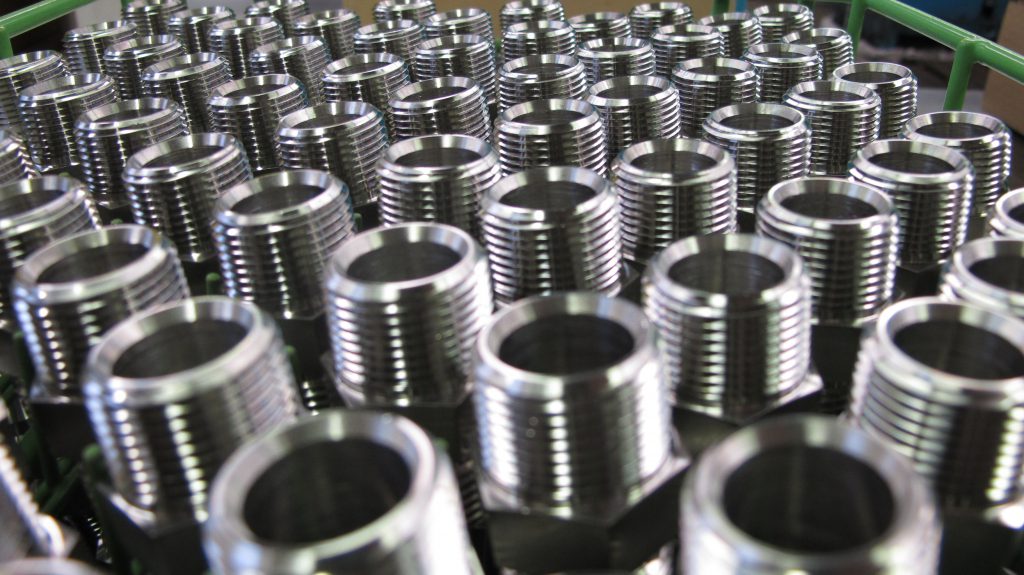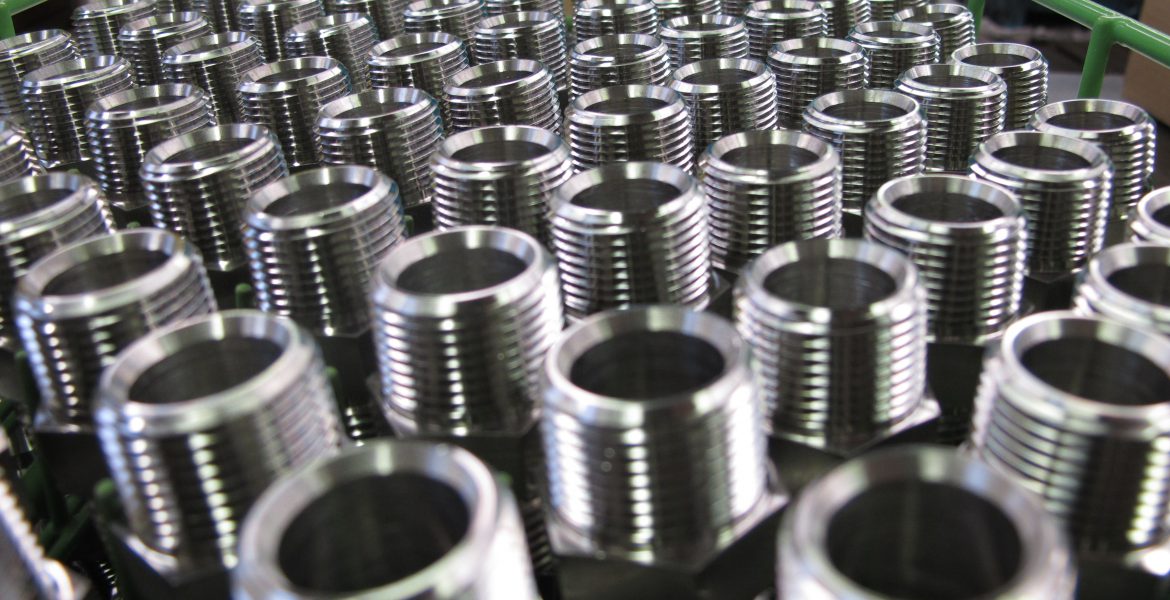
Should you be using an NPT connection or an NPTF connection?
You know that tapered threads make your pipe connections stronger and more resistant to leaks. And you also know that that there are essentially two types of tapered pipe threads: National Pipe Thread (NPT) and National Pipe Thread Fuel (NPTF).
But what is the difference between the two? And which one is right for your application? Let’s find out.
The Primary Difference
The primary difference between these two pipe threads is that NPT threads require a sealant to prevent leakage, while NPTF threads do not. NPT sealants can dissolve under high pressure and high temperatures, contaminating fluids and gases.
If your application does not feature high pressures or high temperatures, and if contamination of fluids or gases is not an issue, opt for NPT connections. If your application does feature high pressures or high temperatures, and if contamination of fluids or gases is a concern, then opt for NPTF connections.
National Pipe Thread
National Pipe Thread is the US standard for tapered threads on tapered pipes and fittings in applications that carry fluids and gasses. The specifications for NPT are spelled out in ANSI B1.20.1.
National Pipe Thread is the most common fitting used in the United States and Canada. NPT threads are tapered and have a thread angle of 60°. The threads have flat peaks and valleys, also known as a Sellers form.
Tapered threads form a dry seal and are designed to work in conjunction with Teflon tape or a sealing compound to prevent leakage.
National Pipe Thread Fuel
National Pipe Taper Fuel is the US standard for tapered threads on tapered pipes in applications that carry fluids and gasses, but where thread sealants cannot be used. In high-temperature and high-pressure applications, sealants can dissolve and contaminate the fluids or gasses. For this reason, these threads obtain a seal without sealants, and are known as “dry seal threads.”
NPTF threads are also tapered and have a thread angle of 60°. The threads have flat peaks and valleys. The specifications for NPTF are spelled out in ASME B1. 20.3.
Learn More
Learn more about the details of how NPT threads and NPTF threads work by reading our latest technical bulletin on taper threads.


